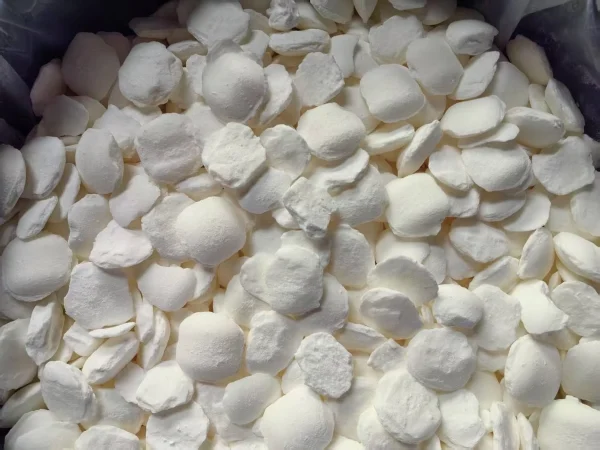
In the mining and metal extraction industries, sodium cyanide has long been a key reagent for the extraction of precious metals such as gold and silver due to its effectiveness in dissolving these metals. However, the use of Sodium Cyanide poses significant environmental and safety risks, including the potential for cyanide leakage and the harm it can cause to ecosystems and human health. As environmental regulations become increasingly stringent, there is a growing need to reduce Sodium cyanide usage without sacrificing metal recovery rates. This blog post explores several strategies and technologies that can help achieve this delicate balance.
1. Optimize Leaching Processes
The leaching process is where sodium cyanide interacts with the ore to dissolve target metals. By optimizing parameters within this process, significant reductions in cyanide usage can be achieved.
1.1 Fine-Tune pH and Oxygen Levels
Sodium cyanide works most efficiently within a specific pH range, typically between 10 and 11. Monitoring and precisely controlling the pH of the leaching solution can enhance the reactivity of cyanide. Additionally, oxygen is crucial for the oxidation reaction that enables metal dissolution. Adequate aeration, through methods like using air compressors or oxygen injection systems, ensures that the oxidation process proceeds smoothly. By maintaining the right balance of pH and oxygen, less cyanide is needed to achieve the same level of metal extraction.
1.2 Employ Pre-Treatment Methods
Pre-treating the ore can make it more amenable to cyanide leaching, reducing the overall cyanide requirement. For example, roasting or bio-oxidation can break down refractory materials in the ore, exposing more of the target metals to the cyanide solution. Pressure oxidation is another effective pre-treatment technique, which can increase the surface area of the ore particles and improve the contact between cyanide and metals, thus enhancing recovery rates while using less cyanide.
2. Innovate with Alternative Reagents and Additives
Exploring alternative reagents and additives can offer viable substitutes or supplements to sodium cyanide, reducing its reliance.
2.1 Use Cyanide-Free Leaching Agents
Several cyanide-free leaching agents have emerged as potential alternatives. Thiosulfate, for instance, has shown promise in gold extraction. It is less toxic than sodium cyanide and can achieve comparable recovery rates under the right conditions. Thiosulfate leaching is particularly effective in ores that contain high levels of copper or other interfering elements, which can consume cyanide in traditional processes. Another option is thiourea, which also provides an environmentally friendly alternative for metal extraction, especially when combined with suitable oxidants.
2.2 Incorporate Additives
Additives can enhance the performance of sodium cyanide, allowing for reduced usage. Lime, for example, is commonly used to adjust the pH of the leaching solution and prevent the formation of harmful hydrogen cyanide gas. Additionally, certain polymers and surfactants can improve the dispersion of cyanide in the ore slurry, increasing the contact efficiency between cyanide and metals. These additives can help reduce cyanide consumption by up to 20 - 30% while maintaining recovery rates.
3. Improve Equipment and Monitoring Systems
Upgrading equipment and implementing advanced monitoring systems can also contribute to reducing sodium cyanide usage.
3.1 Upgrade Leaching Reactors
Modern leaching reactors, such as agitated tank reactors with improved mixing mechanisms, can ensure more uniform distribution of cyanide in the ore slurry. This improves the efficiency of metal dissolution, enabling the use of less cyanide. Continuous stirred-tank reactors (CSTRs) with optimized impeller designs can enhance mass transfer rates, reducing the time and amount of cyanide required for complete metal extraction.
3.2 Implement Real-Time Monitoring
Advanced sensors and monitoring systems can continuously measure parameters like cyanide concentration, pH, and metal dissolution rates in the leaching process. By having real-time data, operators can make immediate adjustments to the cyanide dosage, ensuring that only the necessary amount is used. Automated control systems can be integrated with these sensors to precisely regulate the addition of cyanide, preventing overuse and optimizing recovery rates.
4. Optimize Ore Handling and Preparation
Proper ore handling and preparation can have a significant impact on cyanide usage and recovery rates.
4.1 Ore Grinding Optimization
Controlling the particle size of the ore through optimized grinding is essential. Finer particle sizes increase the surface area available for cyanide to react with the metals, but excessive grinding can also lead to increased reagent consumption. By finding the optimal particle size distribution through experiments and process simulations, the amount of cyanide needed for effective metal extraction can be minimized while maintaining high recovery rates.
4.2 Ore Sorting Technologies
Implementing ore sorting technologies, such as X-ray fluorescence (XRF) sorting or optical sorting, can separate high-grade ore from low-grade ore before the leaching process. This allows for targeted leaching of the more valuable portions of the ore, reducing the overall volume of material that needs to be treated with cyanide and thus decreasing cyanide consumption.
In conclusion, reducing sodium cyanide usage while maintaining recovery rates is a multifaceted challenge that requires a combination of process optimization, technological innovation, and careful operational management. By implementing the strategies outlined above, mining and metal extraction industries can not only reduce their environmental footprint but also potentially lower operational costs in the long run. As research continues to advance, new and more effective methods are likely to emerge, further improving the sustainability of metal extraction processes.
- Random Content
- Hot content
- Hot review content
- Sodium Isopropyl Xanthate 90% SIPX
- Ammonium Chloride 99.5% Mining Collector
- Ammonium Nitrate Porous Prills
- Anhydrous Ammonia 99% Liquid
- Cyanoacetic acid 99% Powder
- Feed Grade 98.0% Calcium Formate
- Cobalt Sulphate Heptahydrate
- 1Discounted Sodium Cyanide (CAS: 143-33-9) for Mining - High Quality & Competitive Pricing
- 2China's New Regulations on Sodium Cyanide Exports and Guidance for International Buyers
- 3Sodium Cyanide 98% CAS 143-33-9 gold dressing agent Essential for Mining and Chemical Industries
- 4International Cyanide(Sodium cyanide) Management Code - Gold Mine Acceptance Standards
- 5China factory Sulfuric Acid 98%
- 6Anhydrous Oxalic acid 99.6% Industrial Grade
- 7Oxalic acid for mining 99.6%
- 1Sodium Cyanide 98% CAS 143-33-9 gold dressing agent Essential for Mining and Chemical Industries
- 2High Quality 99% Purity of Cyanuric chloride ISO 9001:2005 REACH Verified Producer
- 3Zinc chloride ZnCl2 for High Molecular Weight Polymers Initiator
- 4High Purity · Stable Performance · Higher Recovery — sodium cyanide for modern gold leaching
- 5High Quality Sodium Ferrocyanide / Sodium Hexacyanoferr
- 6Gold Ore Dressing Agent Safe Gold Extracting Agent Replace Sodium Cyanide
- 7Sodium Cyanide 98%+ CAS 143-33-9

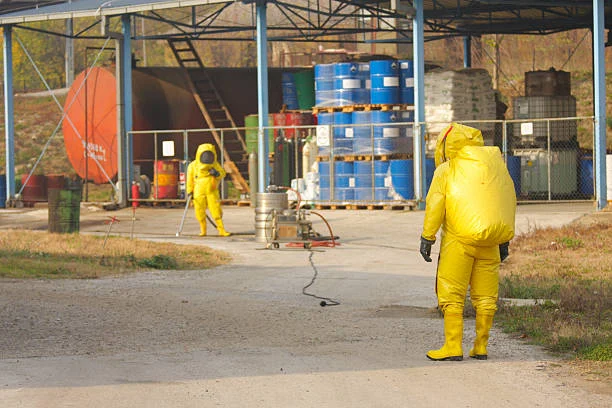
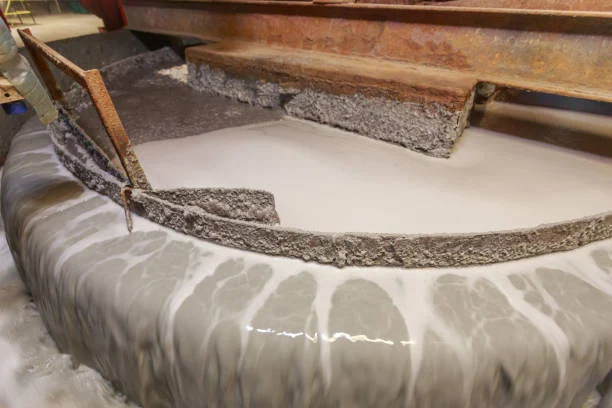
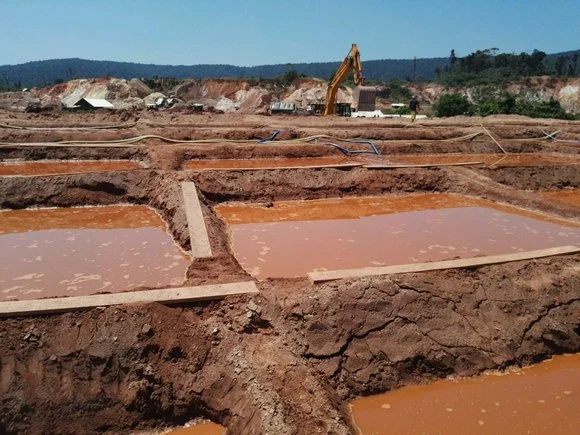
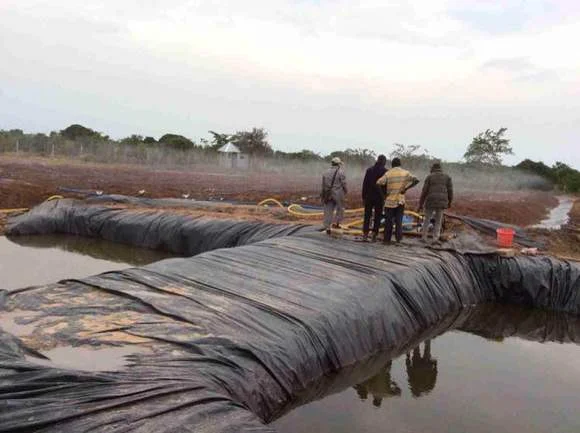

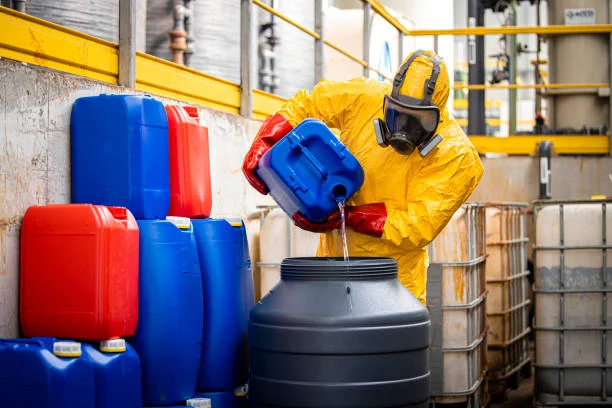
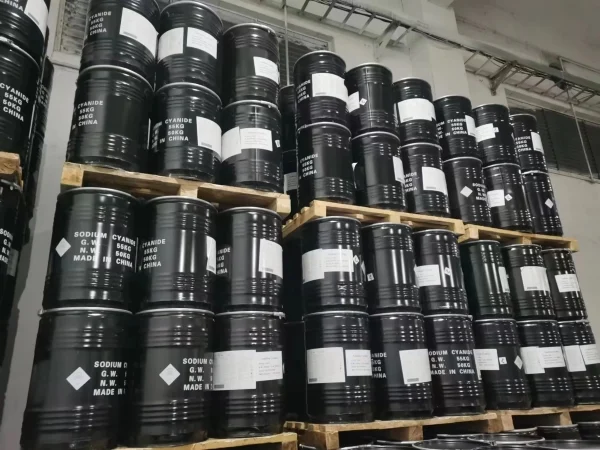



Online message consultation
Add comment: